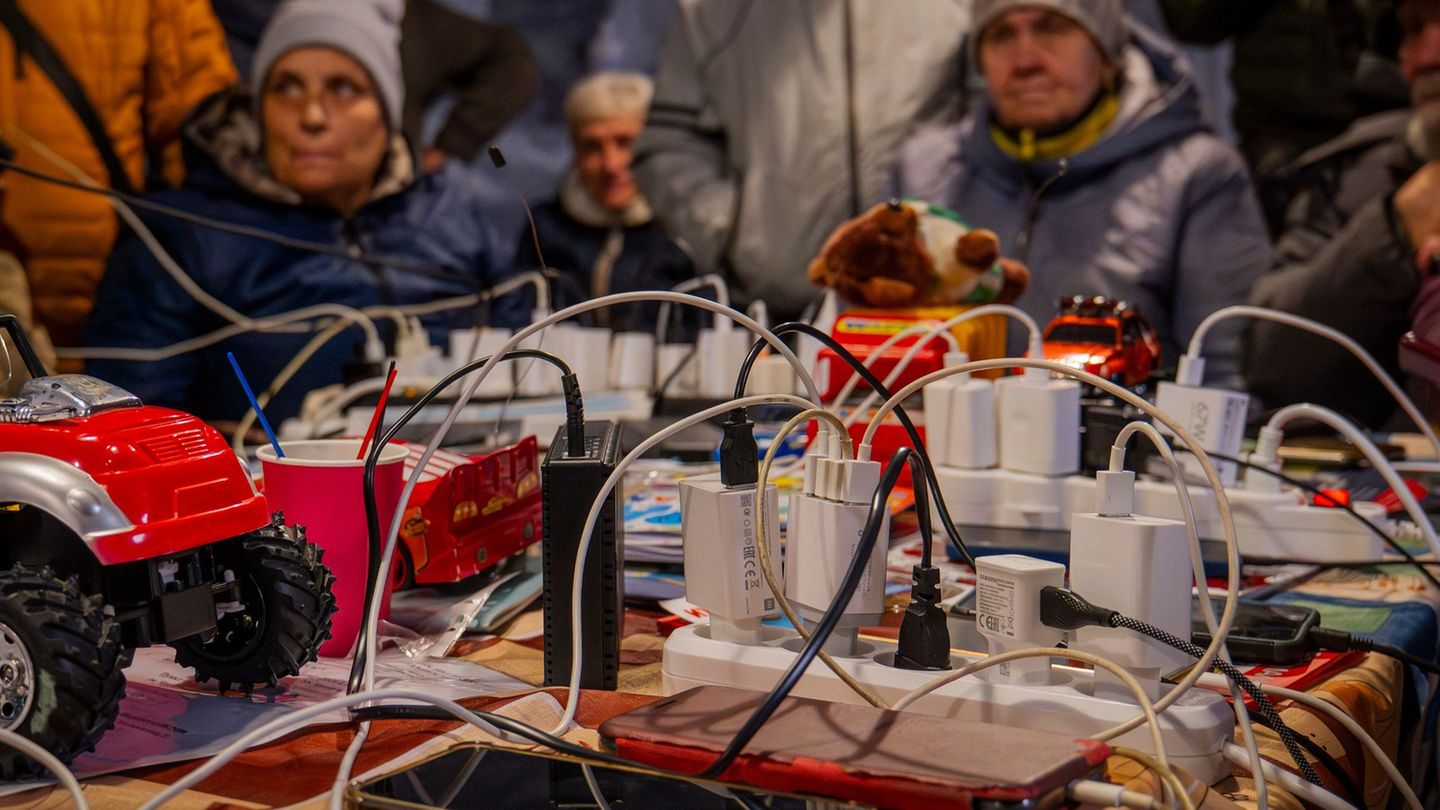Workers’ clashes with the English lumber company The Forestry At the beginning of the 20th century they are the scene of “Sapukai” (Hoja de Lata), epic, tragic and romantic novel by Guillermo Roz. Established in Spain for more than twenty years, the Argentine Roz He has published nine books. Tomorrow he will present “Sapukai” next to Horacio Convertini and Alejandro Jasinskiat 6:30 p.m. at the Suerte Maldita bookstore, Serrano 1425, Palermo.
Journalist: What led you to recover a setting of union struggles for an epic, historical and romantic novel?
Guillermo Roz: At a family dinner table, we were discussing whether a crime committed by my great-grandfather Pascual Ortiz was true, a fact that I was as unaware of as that relative, whose name seemed like a novel to me. I was able to gather very little information. One that shocked me was that he had been a worker at La Forestal, a company violently opposed by its workers, as recounted in the film “Quebracho,” by Ricardo Wullicher, starring Héctor Alterio. I began to investigate this British lumber company. I was attracted by the landscape, the revolt, but I wasn’t thinking of a historical novel. Historical accuracy is not my thing. One day at a meeting, I began to tell this story and a woman I didn’t know said to me: there is someone behind you who says he is your great-grandfather, he wants you to know that he didn’t kill anyone and that you have to write what you said. This happened about six years ago. I don’t believe these things, unless they suit me, and that suited me, it pushed me to write.
Q: Why is the protagonist not his great-grandfather but a boy who becomes a leader?
GR: My very young relative leaves the capital of Corrientes and goes to Santa Ana, where one of the largest factories of La Forestal is located. That boy going to look for work as a lumberjack in the jungle sparked my imagination. That is how Sapukái emerges, who at the age of twelve begins to work at La Forestal. At that stage the story becomes a coming-of-age novel. Sapukái learns at work what can and cannot be done, what should and should not be done. The conversations with his colleagues offer him a number of revelations. Above all, some anarchist immigrants who talk to him about the rights of the worker. Sapukái awakens to the world of adults, of the jungle, of the mountains, of overcrowding, of beasts, of plagues and death. He finds himself surrounded by likeable and hateful characters, revolutionary situations and moments of unexpected loving surrender.
Q: Why did you choose such a symbolic name as Sapukái?
GR: Sapukái is a cry for help from Guaraní women, a way of cheering in a chamamé, a way of warning when the felled quebracho is going to fall. It has many meanings. For me, above all, it is the symbol of a great social and passionate frustration. It is the cry like the howl in a drama. It is important to me that literature has the force of a cry when it demands or wants to define a situation, as occurs in the novel. I think of “Germinal” by Emile Zola or “The Open Veins of Latin America” by Galeano that start with characters that captivate the reader.
Q: What do you seek to show through the confrontation between Sapukai and the English?
GR: In my previous books, there is always the theme of travel, immigration, settlement and transculturation. I am interested in the clash between cultures, how some try to crush others. This is very evident at the beginning of the 20th century, in the second colonization, that of industrialization and economic colonization. At the head of La Forestal, which I call The Company in the novel, is Clive Thomas Gaskell, who arrives with his wife and children Johnny and Mary, a group that is an absolutely literary family model. If the novel has strong moments of tragedy, it also has others of melodrama, for example, those of the dramatic tension of the relationship between the newcomers and the aborigines or how, once again in the story, in the midst of the clashes passions arise, people who could not fall in love and fall in love. I wanted these romantic, erotic, sexual postcards to appear as if on a screen. Just as there are moments of the English that refer to comics, I wanted those other passionate ones to be like those of a film. I am interested in the reader seeing, smelling, feeling. And although there is always an obvious historical basis, I also wanted the novel to have at times a certain flavour that refers to nineteenth-century romanticism.
Q: How did you manage the two visions of La Forestal, that it brought progress, and that of a system of exploitation?
GR: They wanted to create their own country within the country. They had their own money, their own forces of repression and their own internal and external market. In their warehouses the workers paid with the bonuses given to them by the company, a similarity to British money from La Forestal. It was a closed system not only economically but also culturally. The type of work carried out in the jungle and in the factories led to illness and a short life span. All this was possible thanks to the fact that Argentine political corruption gave them a free hand to do what they wanted. This is very well explained by both Felipe Pigna and Alejandro Jasinski in “Worker revolt and massacre in La Forestal”. The novel shows at the same time that many people were happy with La Forestal and did not stop speaking well of the English because they developed towns, set up factories, railways with their own trains, organised the export of tannin, called red gold at that time, and that they gave the humble people work, housing and food. There is always a political perspective and historical discussion in this, which I do not get involved in because it is not my topic nor my desire.
Q: What are you writing now?
GR: In a novel where there will once again be journeys, colonizers and colonized, winners and losers and a general loss of memory.
Source: Ambito
I am a 24-year-old writer and journalist who has been working in the news industry for the past two years. I write primarily about market news, so if you’re looking for insights into what’s going on in the stock market or economic indicators, you’ve come to the right place. I also dabble in writing articles on lifestyle trends and pop culture news.




